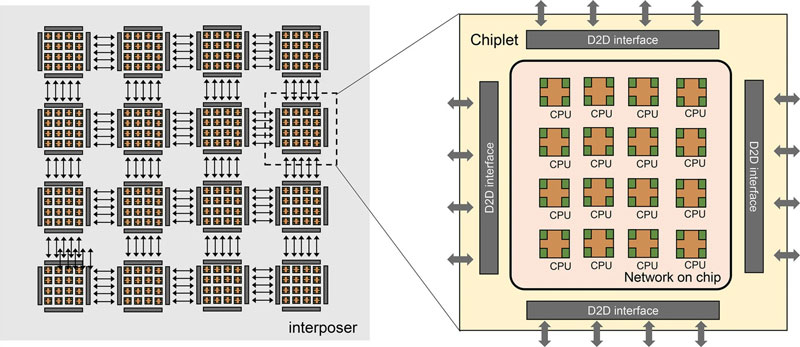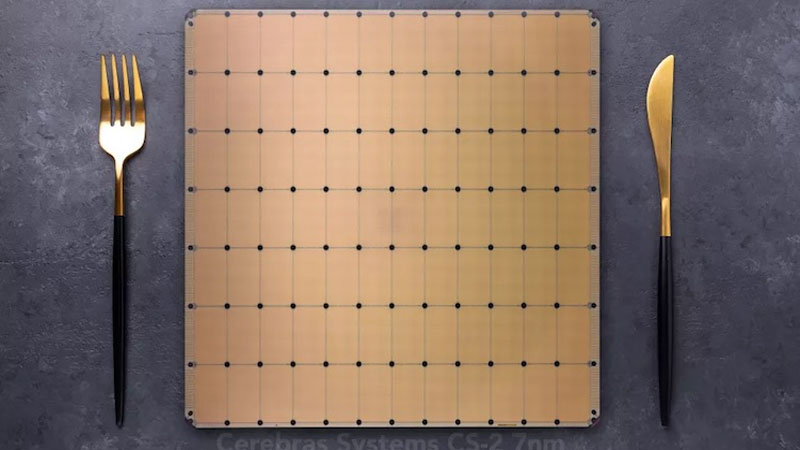China is following in the footsteps of chip manufacturer, Cerebras, by creating processors from a single silicon wafer, known as ‘king processors’.
The alternative approach to chiplet-based design, was detailed in a paper titled The Big Chip: Challenge, Model and Architecture published in Fundamental Research, a Chinese scientific journal in late December 2023. The authors, all academics from China’s Institute of Computing Technology, discuss not only the technical challenges in creating plate-sized chips but also confirm the development of an experimental 22nm CMOS chip, named ‘Zhejiang’.

The experimental processor comprises 16 individual chips, each carrying 16 computational cores (a total of 256 cores). These chips are interconnected through a shared access interface, which simplifies the chip’s structure and management. While each chip has its own memory bank, any chip on the wafer can access it.
The team also suggests that their technology could potentially produce chips with hundreds of processors and 1,600 cores. Due to sanctions, China lacks access to the most advanced lithographic scanners for semiconductor production. Therefore, ‘big chips’ could be a viable alternative to smaller, densely packed, transistor chips.

Cerebras’ American processors are power-efficient while packing a performance punch. Still, it uses a 7nm process, which places it ahead of China’s 22nm chip regarding capabilities. However, the Chinese chip is suitable for specific applications and represents significant advancements in technology and architecture, invaluable for China’s future semiconductor developments once it gains access to the latest lithographic scanners.





